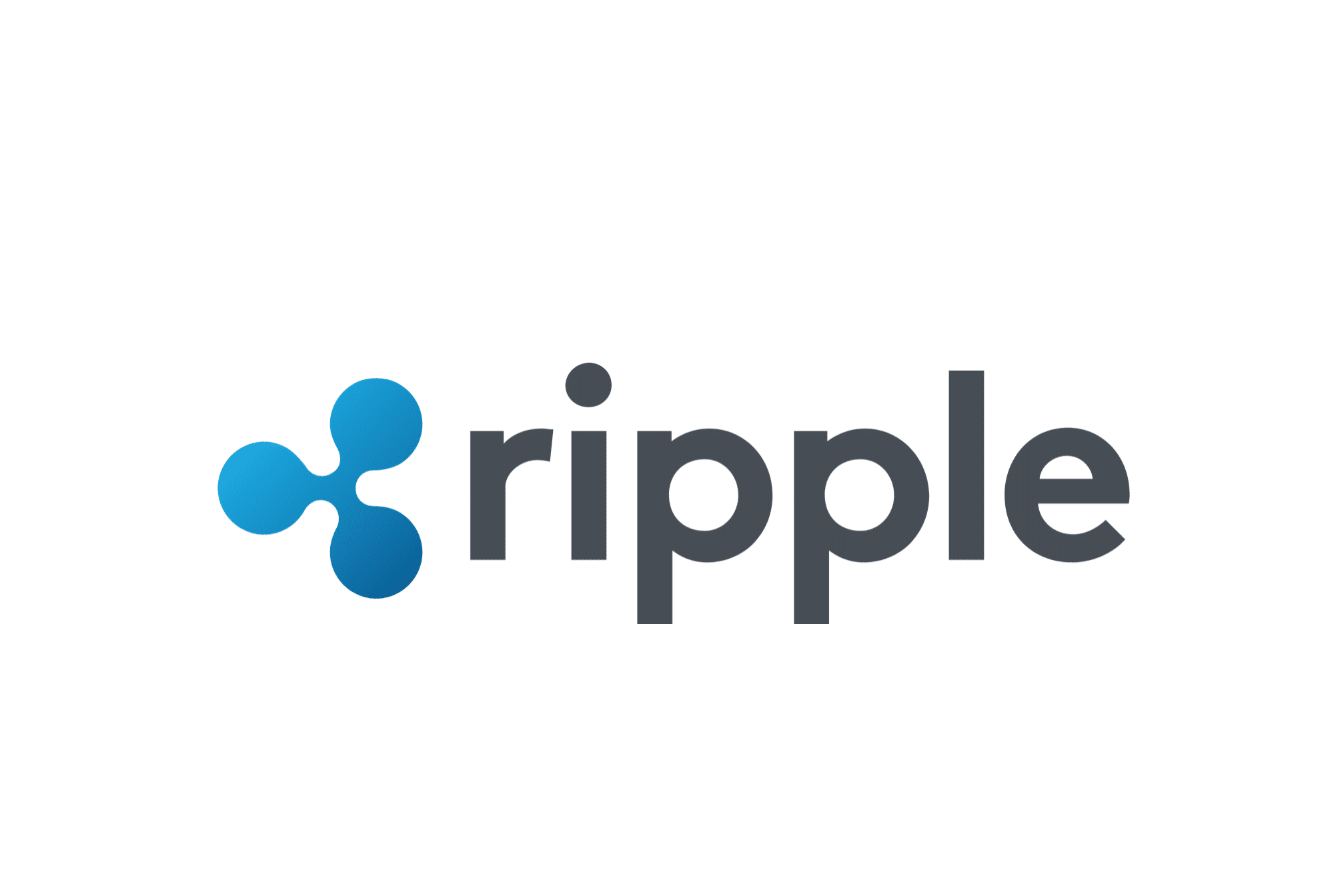Ripple is not a real crypto currency? There are many crypto currencies out there, each of which gained inspiration from bitcoin, litecoin, eth, the ancestor to them all. Bitcoin was humanity’s first definition of what it means to be a cryptocurrency, but it is a complicated creature that relies on many special functions and components. For instance, bitcoin has a decentralized block-chain ledger, on which its millions of participants organize and save a record of their transactions. It also has cryptographic hashing, so that traders can use a system of public and private keys to safeguard their identities.
Ripple is not a real Cryptocurrency?

What is XRP or Ripple coins?
Bitcoin’s transactions are processed by miners, a supportive and incentive community that keep everything running smoothly. Relevantly, it also has a finite supply. These characteristics have made it easy to transact safely, store value, and even speculate.
But, Ripple wasn’t designed to be a coin, or a normal cryptocurrency by the standard definition. While bitcoin and comparable cryptocurrencies give the value of the coin equal priority with network security, speed, and applicability, Ripple does away with the idea of XRP as any kind of investment asset and instead focuses on making the blockchain as strong as possible. This is primarily for the good of the institutional entities that Ripple serves, like American Express or Santander Bank. To achieve this goal, the Ripple Foundation created XRP but tweaked each traditional component of cryptocurrency into an almost unrecognizable state.
Miners Be Gone
Ripple has no mining or miners whatsoever. Instead, transactions are powered through a “centralized” blockchain to make it more reliable and fast. Mining is a core tenet of most other cryptocurrencies, and each uses their own system to determine how much power the miners have. Some, like bitcoin, use Proof-of-Work, but there is also Proof-of-Stake and Proof-of-Importance.
In cryptocurrency, miners are incentivized to process network transactions with the currency itself, but this has created some issues that Ripple deems untenable. In a solution built for big banks, there should be no separate group with its own special motivations for running the network.
While this idea has helped other cryptocurrencies to remain decentralized, it has also slowed them down: a problem Ripple cannot afford. This lack of mining affects other aspects of Ripple as well, taking it further from the standard.
Besides processing transactions, miners are also rewarded with cryptocurrency. This is essentially how it’s created. Ripple’s exclusion of miners naturally throws a wrench into the machinery in this regard. Ripple is not finite, and can be “printed” on-demand, which makes it much more reliable for payment processing, money exchange, and other institutional activities. When it’s used, it’s simply destroyed.
The Ripple Foundation already created the 100 billion XRP currently in circulation, giving it a stable, non-volatile character perfect for its biggest clients. However, this also removes one of the biggest factors in any true cryptocurrency: the ability to accumulate and store value as only a deflationary asset can.
A Centralized Blockchain?
Ripple does have a wallet, but getting access to the blockchain is tough. Retail participants aren’t supposed to have access because it introduces risky, strange elements into an otherwise sterile environment. The Ripple blockchain isn’t open like those of other cryptocurrencies. XRP can be safely stored and kept, and uses cryptography to protect participants, but the nodes it’s protecting aren’t individuals but “trusted” operators registered in the Ripple network.
So, finally
Much like the many questions surrounding bitcoin cash, even the founders of Ripple recommend not using their creation as a currency for speculation because it isn’t one. Ripple resembles a fintech platform more than anything else and has simply combined the best elements of fiat money and blockchain cryptocurrency.
Not a “true” cryptocurrency by the standard definition, Ripple may be the dividing line that separates two distinct products to emerge from the cryptocurrency revolution: assets and solutions. While assets can serve as investments placing faith in a decentralized community and the deflationary properties of mining, solutions will dispense with the speculation and instead create platforms that are “technically” cryptocurrency, but not traditionally viewed as such.
Know more about other crypos,
- How to make money with crypto lending programs? My story of Earning 1000$ to 12500$.
- Sficoin (ICO) Scam? Honest review reveals all detail facts.
- Latest list of Bitcoin investment and mining scam site/portal.
- Is it possible to lookup or track Bitcoin transaction?
Answer to the question directly:
The price of Bitcoin and Ripple is increasing that does not mean it is good thing for long term investment. I left these for your decision. Learn, understand then invest in it. No-one knows the future, use your wise sense of judgement.
Don’t buy cryptocurrencies in a hurry for a high price, wait for the right time. I think you have got your answer, I generally don’t get time to write here but. I give most trading tips while answering questions.






